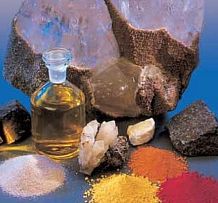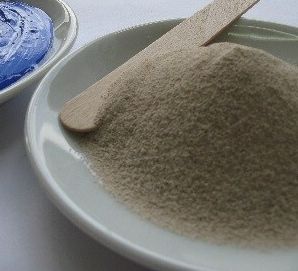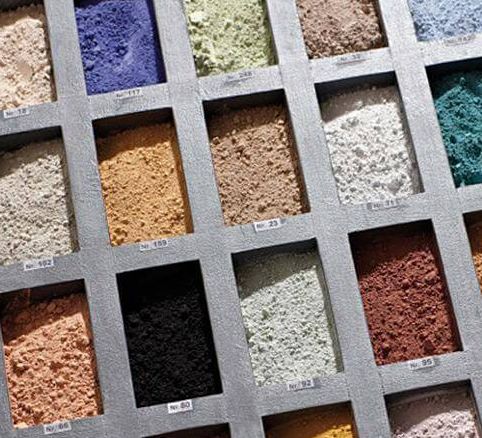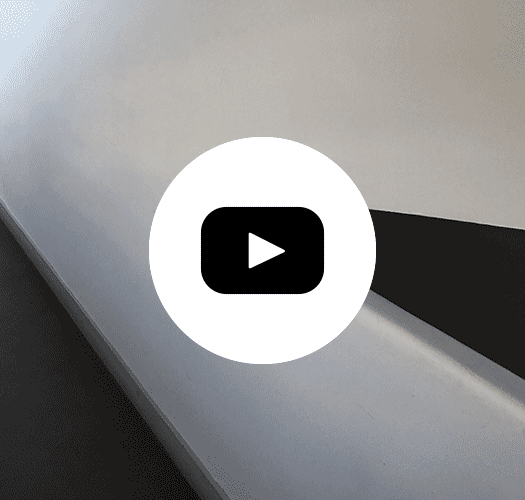Mineral Paint
Mineral paint is wall paint based on mineral binders. Common names are also the terms silicate paint or inner silicate paint. Decisive for the property profiles are the "inner values" of a colour, i.e. its composition of binders, pigments, fillers and additives.
Binders ensure adhesion
Two groups of binders can be distinguished: mineral (= inorganic) binders (e.g. potassium silicate, related to the quartz stone) and organic binders (e.g. plastic dispersions or silicone resin emulsions). The difference lies above all in the binding principle: mineral binders react chemically with the substrate and combine permanently; organic binders adhere only by "gluing". The binder is also responsible for many properties of colours and determines the renovation cycle of a facade. Colours with mineral binders have the edge here.
Pigments give colour
(Colour) pigments are very finely divided, extremely colouring powders. By adding pigments, the colour material gets its hue. Pigments too have inorganic (= mineral) and organic types: Inorganic pigments are obtained from minerals, while organic pigments are mainly produced from organic raw materials. Mineral pigments are extremely hue resistant and do not fade.
Fillers & Additives – Important Helpers
Fillers are usually ground minerals. The fillers give the painted paint the layer thickness that is necessary to protect the façade from the effects of the weather. In addition, most colours contain so-called additives. Additives are adjuvants that can be used to regulate various properties of paints (such as water repellency or consistency).
Mineral binders
Mineral binders such as cement, lime and gypsum react chemically. The principle of silicate technology is based on the silicification of the binder with the substrate – a chemical process in which the binder potash water glass reacts with the mineral substrate. This creates a solid, permanent bond between the paint and the supporting material (plaster, natural stone, concrete, etc.).
The water-dilutable paint is not harmful to health and serves primarily to preserve its value. Silicate paint is suitable on the inside for cement, gypsum and calcareous substrates. It is washable and has a high vapor diffusion capacity, creates a healthy indoor climate and acts naturally disinfecting because it is alkaline. Mineral paints are available in two different forms: as a ready-to-use dispersion silicate paint and as a pure silicate paint.











